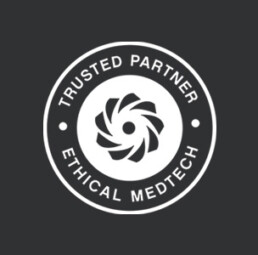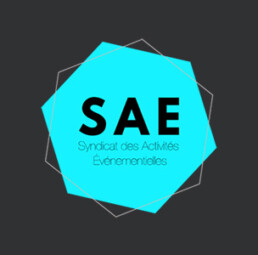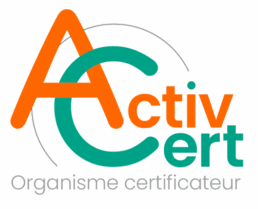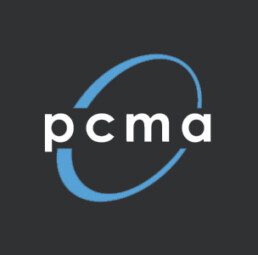Why Air Quality Must Be Part of Venues' Hygiene Protocol
Source : PCMA
Authors: Barbara Palmer, Jennifer N. Dienst

The emphasis on cleaning and disinfecting venues in the age of COVID-19 is missing a larger point: Reliably healthy and safe environments depend on clean air and a more holistic approach.
At the start of the pandemic, fears around the spread of COVID-19 spawned a cleaning frenzy among consumers and venues. Bleach and disinfectants disappeared from store shelves, and every public space, from hotels to restaurants, fired up electrostatic sprayers.
It didn’t take long for experts to rule out fomite transmission — the spread of disease via contaminated surfaces — as a significant contributor to the spread of COVID-19, yet a single-minded focus on cleaning has persisted. According to experts, “hygiene theater” — a term The Atlantic coined last year to describe “obsessing over risk-reduction rituals that make us feel safer but don’t actually do much to reduce risk” — is a problem because it distracts attention and resources from measures proven effective in mitigating transmission, like proper distancing, masks, and ventilation.
And the latter, especially, is lagging.
“We don’t have a single documented case of COVID-19 transmission from surfaces. Not one. So why, then, are we spending a small fortune to deep clean our offices, schools, subways, and buses?” Linsey C. Marr, Joseph G. Allen, and Charles Haas, wrote in a December Washington Post op-ed. “Shared air is the problem, not shared surfaces.”
Marr, a professor of civil and environmental engineering at Virginia Tech, studies the transmission of infectious disease via aerosols, including how diseases like COVID-19 spread in the built environment. She has been vocal about the important role air ventilation and filtration play in the spread of COVID-19 within indoor spaces, as well as her frustrations for those who continue to focus on more performative measures.
“‘Deep’ cleaning is not needed; ventilation and filtration are,” she tweeted on April 8, 2021. “On my recent flight, the airline touted its cleaning procedures for health and safety. Nothing about ventilation and filtration, which is what I wanted to hear about.”
She isn’t alone — many scientists, researchers, and public-health experts have been voicing similar concerns since early- to mid-2020. In December, the The CDC also has updated its guidelines to clarify that “in most situations, the risk of infection from touching a surface is low” and that the best solution to this is handwashing. And in early May, the CDC again updated its guidelines to emphasize the risk of airborne transmission, especially in indoor, poorly ventilated spaces.






